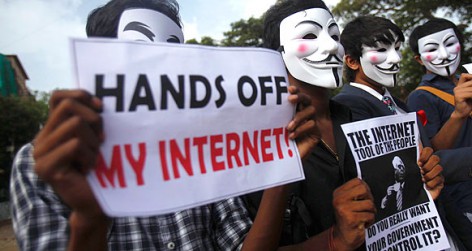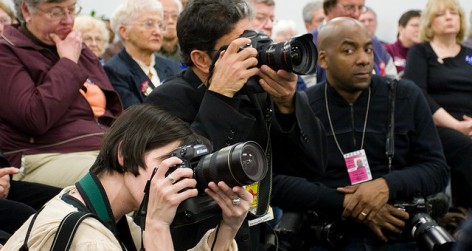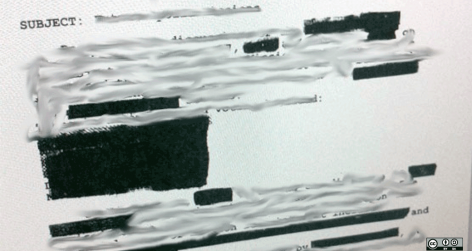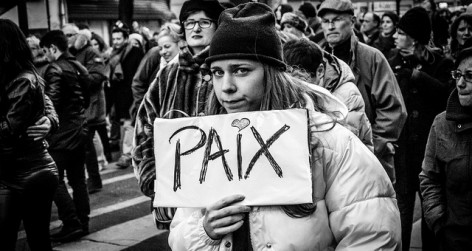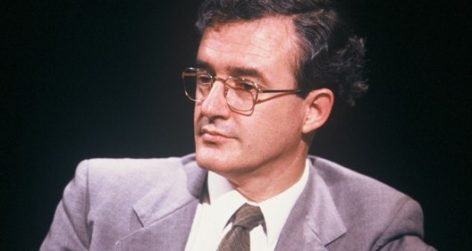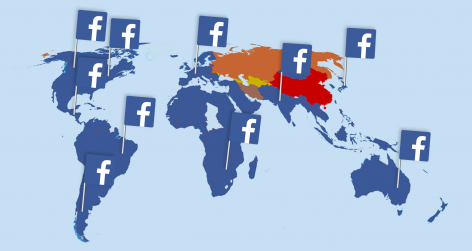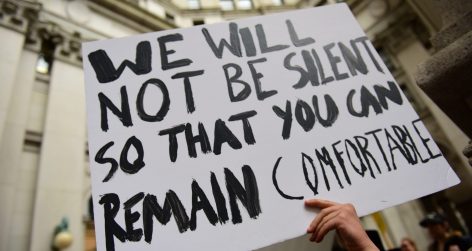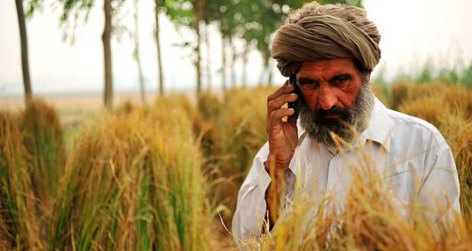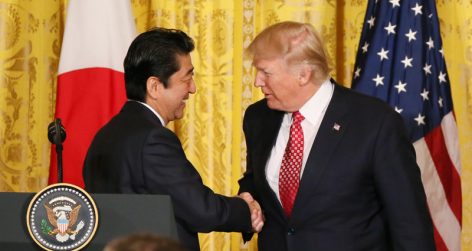Nikhil Pandhi discusses the debate about net neutrality in India.

What makes India, a country of roughly 300 million internet users, an independent fulcrum in the global debate about net neutrality? The key to the answer lies in defining “net neutrality” in consonance with local norms of internet use and in identifying and aggregating local parameters of internet access in India. While it is true that a global debate about net neutrality is underway in the wake of the American Federal Communication Commission’s (FCC) decision to reclassify broadband services as a “public utility” and permit the regulation of internet service providers (ISPs) in accordance with the principle of “net neutrality”, India must carefully adopt lessons from this debate without wholly co-opting its jargon, consumer-context and historical specificities.
The debate about net neutrality in India has so far been incredibly entangled and esoteric. This has prevented important strains of the debate from independently informing one another, leading to multiple meanings of supposedly the same concept: net neutrality. The notion of internet freedom has been taken for granted as being commutative, and in the absence of clear distillation has been framed largely around the demands of ISPs, telecom operators and large and small internet services. Where, in all of this, does the Indian netizen stand, for whom the internet is a seminal space for access to knowledge, services and free speech, as well as the freedom and ease of doing online business? And what about the poor who still do not have access to internet facilities in India?
At one end there is a need for the internet as a medium to follow the “common carriage principle” with respect to all the services that ride on it, i.e. neutrality of transmission and traffic. On the other end the freedom of internet-penetration and use i.e. neutrality of access and accessibility, is also a crucial link in the entire discussion for a country in which an estimated 1 billion people are still at the dark-end of the digital divide. The Narendra Modi government’s ambitious Digital India initiative, “a program to transform India into a digitally empowered society and knowledge economy” is predicated on providing internet access to this remaining 75 per cent of India, without which its ambitious agenda cannot be achieved. In addition to creating digital infrastructure, Digital India will also inaugurate a new paradigm of internet governance and enable the transfer of healthcare, education, knowledge, communication, banking and other facilities for each and every citizen of India through the internet.
In most parts of India, internet penetration depends on wireless mobile telephony. This is a crucial difference between India and countries like the United States, where the internet rides off fixed-line services (optical fibre cables). In India, by comparison, the extent of fixed-line broadband penetration has hitherto been very poor, resulting in a heavy reliance on mobile internet. Based on a 2015 analysis by the Telecom Regulatory Authority of India (TRAI), India ranked below Bhutan and Sri Lanka in terms of broadband penetration, and below Sudan and Kenya in terms of information and communication technology access. The report also concluded, “at present, the country is nowhere near meeting the target for a service considered almost a basic necessity in many developed countries. There is an urgent need to review present policies, the current state of implementation of building infrastructure required for penetration of broadband, the means and the supporting software/apps that will provide the content — the ends.”
What this also signals is the need to define and delineate the concept of net neutrality in consonance with the particularities of the Indian context. Another aspect of this is the fact that availability of airwaves in India has not increased since the early 1990s and is less than 40 per cent of that of European nations, according to a 2015 estimate by the TRAI. This also impacts the quality of telecom and internet services available in the country. According to Mahesh Uppal, Director of Com First India, a telecom consultancy based in New Delhi, “Operators globally have 50MHz of spectrum, while we in India are struggling with 12-15[MHz] … yet we have one of the largest demands in terms of terra-bits of information we generate. So the whole question of how one is going to regulate traffic on the network is going to come down to pricing.”
That sounds fair. The internet, like all other services in the knowledge economy, is a service being used by us and for which we pay the ISPs fixed data charges. Over and above what we pay there has traditionally been no extra charge for the services we use online and no curtailment of the “freedom” to navigate the web. This holds equally for the entire gamut of large and small internet services ranging from established players to incipient innovators who have theoretically enjoyed a level playing field without discrimination in terms of speed, quality and access. But when telecom operators decide to differentially charge certain services (e.g. voice-over applications like WhatsApp, Skype and Viber) on the pretext of creating a revenue sharing agreement, then a potential for discrimination and differential regulation of internet traffic is created. By and large, in the debates about net neutrality in India so far this is the sore point: telecom operators cannot and must not act as the gatekeepers of the internet (just like the road builder cannot dictate which cars are to drive on the road and who can travel where).
As a corollary, certain telecom operators have also launched zero-rating schemes enabling them to enter into agreements with established services and provide them free of cost to consumers. Ironically, this makes several start-ups and incipient innovators cry foul over potential discrimination on the internet. The principle is basically this: the internet has always been an open platform that allows all to connect and exchange information freely. A telecom company offering users free access to one website (with the latter paying the telecom operator for such free access given to consumers), while charging for other websites, is discriminatory. Zero ratings ensure that ISPs could declare a service or an app as free by entering into an agreement with them. Critics argue that some services (especially small, nascent ones) may lose out on competition, diversity and accessibility as a result of this.
There are several examples of such zero-rating schemes in India including Internet.org and Airtel Zero. They defend themselves with arguments like “our vision is to have every Indian on the internet to join the digital revolution”, “allow start-ups and small services to benefit from the consumer-base” and “making the internet affordable”. Such schemes are not only endemic to India but also a feature of the global debate on net neutrality aiming to bring together not just internet services but also “technology leaders, non-profits and local-communities to connect with two thirds of the world that doesn’t have internet access”.
As for the roughly three-quarters of India that does not have internet access, zero-rating services, though a violation of net neutrality, are often considered a benevolent alternative to a situation where there is no internet at all. As Manu Joseph, writing in the New York Times remarks, “a violation of net neutrality would gladden most of the more than one billion Indians who cannot afford to pay for data and so are not connected to the internet. Such a violation raises the prospect of a cost-free internet. A limited, impoverished internet created by corporate strategy, perhaps, but a free slice of internet that might introduce hundreds of millions to a utility that everyone now agrees is a human right.”
But if zero-rating is indeed the way forward, why are some established internet services like Flipkart and Google retracting from zero-rating schemes and Vodafone, India’s second-biggest mobile operator, announcing that it will withhold zero-rating services? Surely there are other ways in which internet services can be provided to the poor without quashing freedom of access, innovation, competition and free speech. The question is, have these “other ways” been adequately explored?
The biggest irony is that while the underlying principles that net neutrality seeks to protect are based on the desirability of providing universal access to the internet, while preserving the level playing field that everyone has on the internet today, in reality there have been few innovations in India that have helped take the internet to every poor person’s door. The net neutrality debate thus runs the risk of coming across as being centred on existing internet users. Without adequately defining how internet access can be enhanced and ameliorated in the future, net neutrality activists can get cornered by telecom operators who use zero-rating services in the interest of “social welfare” as a tactic of monopolising and sequestering the internet. The intractability of reconciling these two principles — universal connectivity and net neutrality — will define the future course of the debate in India.
As of 2016, the Telecom Regulatory Authority of India (TRAI) has issued a 118 page consultation paper, making a case for developing a regulatory framework for Over-the-Top (OTT) Services (a lengthy list that includes Skype, WhatsApp, Instagram, BBM, Facebook messenger, etc.). According to TRAI, “Telecom service providers (TSPs) offering fixed and mobile telephony are currently being overwhelmed by online content”. What this basically means is that according to TRAI, TSPs are gradually losing the financial battle to OTT apps “that make use of their infrastructure to reach their customers and offer products/services that not only make money for them but also compete with the traditional services offered by the TSP[s]”. Multiple reports have since argued that the profits of TSPs have only surged, debunking the “low profits due to OTTs theory”. In all these financial subterfuges we must not forget the real issues.
Over a million people in India recently signed a petition to save the internet and uphold net neutrality. The other reality is that one billion people in India still do not have access to the internet. Where, in all this, is Digital India headed?
Nikhil Pandhi is a Rhodes Scholar (2014) from India and currently an MPhil candidate in the School of Archaeology. He has a broad range of interests and writes on a variety of themes including heritage, history, politics, culture, law and all else that catches his attention.

